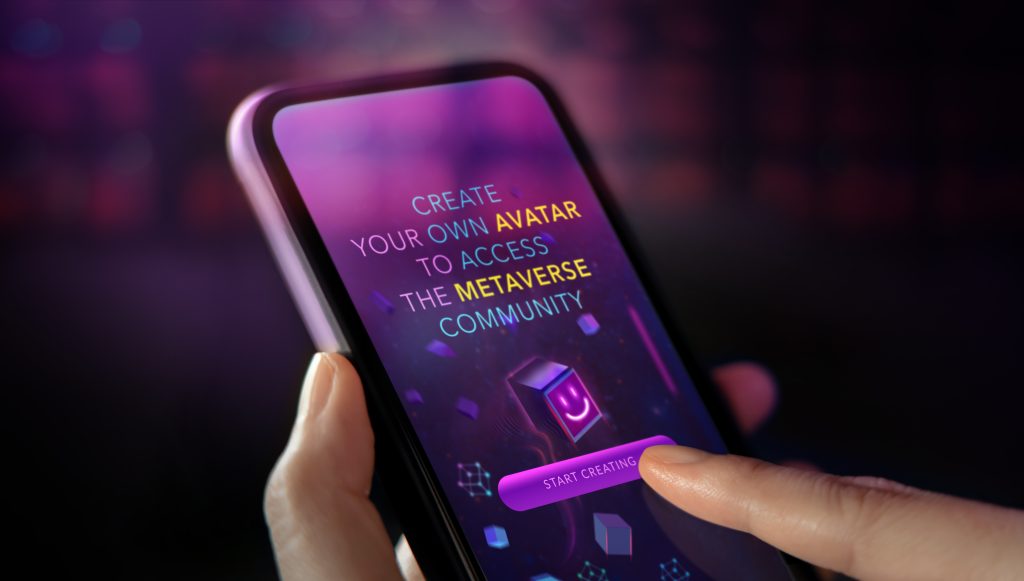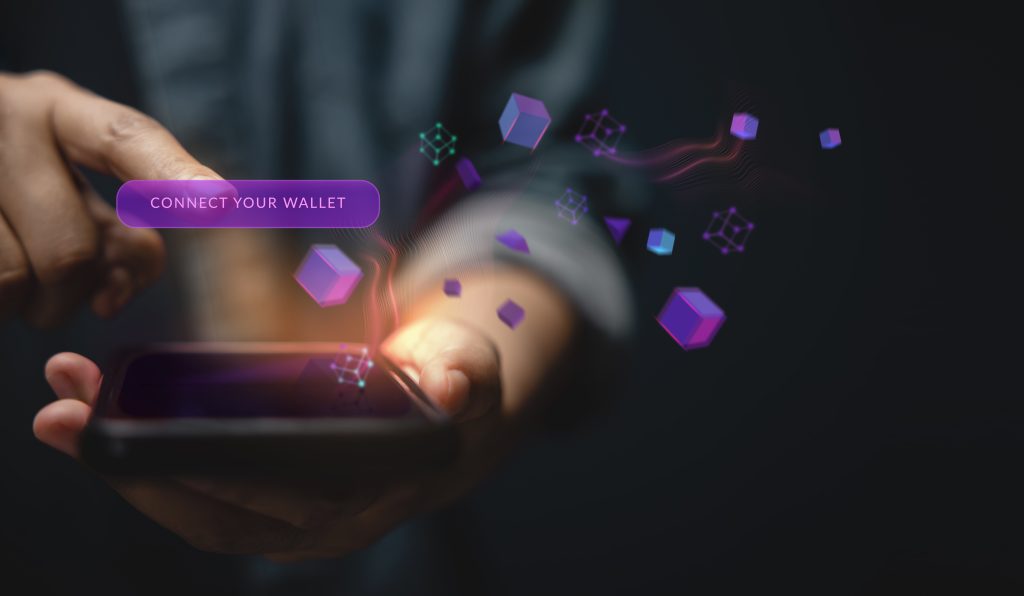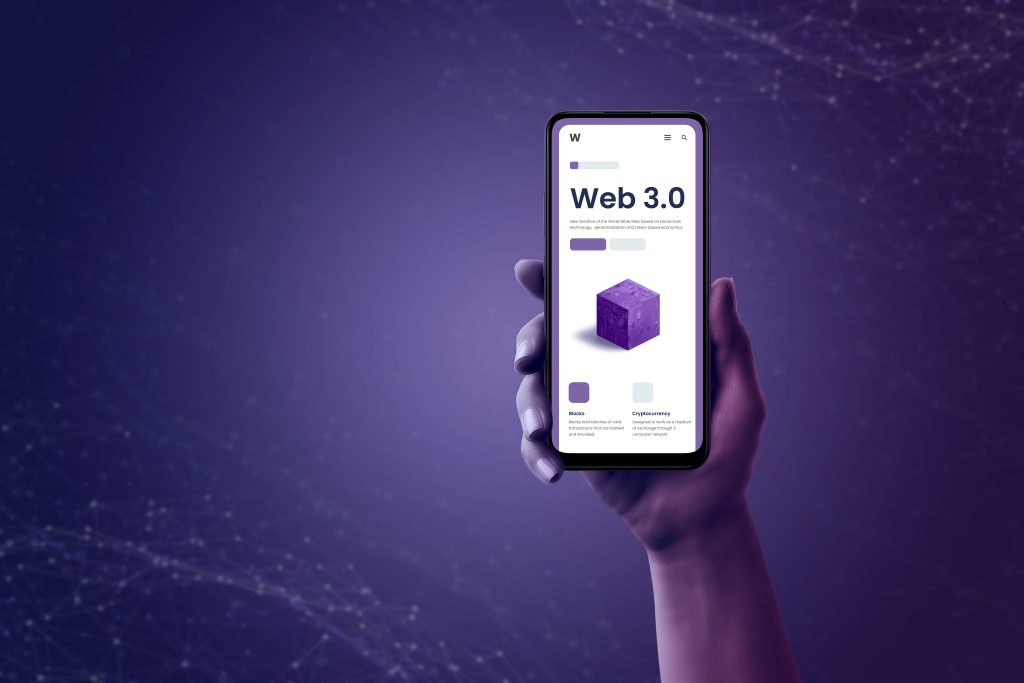Ahoy, fellow mobile gaming enthusiast! Are you ready to dive into the world of decentralized applications (dApps) and discover how they’re revolutionizing the digital landscape, especially for play-to-earn and NFT gamers like yourself? You’ve come to the right place! In this blog post, we’ll explore the ins and outs of dApps, their exciting use cases, and the pros and cons of embracing this cutting-edge technology. So, grab your gaming gear, and let’s set sail on this thrilling adventure!
What are dApps?


Picture your favorite mobile game. Now, imagine it running on a decentralized network, making it more secure, transparent, and resilient against hacks or downtime. That’s the magic of dApps! These decentralized darlings of the digital world are maintained by a network of computer nodes, rather than relying on a single, central server. This is all thanks to blockchain technology and smart contracts, which keep the data in dApps as safe as a treasure chest buried on a remote island.
In the context of gaming, dApps are like an unstoppable crew of pixel pirates, working together to give you an unparalleled gaming experience. So, whether you’re battling it out in a play-to-earn game or trading NFTs in a virtual gallery, dApps are here to level up your gaming adventures.
Popular dApp Use Case Types
dApps are transforming various industries, but they’re particularly exciting for play-to-earn gamers and NFT enthusiasts. Let’s take a peek at some popular dApp use cases that are making waves in the gaming world and beyond:
- Play-to-Earn Gaming dApps: These dApps allow players to earn rewards, trade virtual assets, and even monetize their gaming skills, all within a decentralized ecosystem. Some popular examples include Dragonary, Gods Unchained, and The Sandbox.
- NFT Marketplace dApps: These platforms facilitate the creation, buying, selling, and trading of non-fungible tokens (NFTs). You might have seen digital art, in-game items, or even virtual land changing hands in popular NFT marketplaces like OpenSea, Rarible, and Decentraland.
- Decentralized Finance (DeFi) dApps: DeFi platforms are disrupting the traditional finance sector by offering decentralized financial services, such as lending, borrowing, and trading. Examples include Uniswap, Compound, and Aave.
- Decentralized Autonomous Organizations (DAOs): DAOs are organizations governed by a set of rules enforced through blockchain technology, allowing for decentralized decision-making and resource allocation. This concept has also made its way into gaming, with player-governed organizations emerging in the play-to-earn space.
Blockchain Platforms Supporting dApps


As the popularity of dApps continues to rise, various blockchain platforms have emerged to support their development and operation. Let’s explore some of the most notable platforms in the space.
‣ Ethereum
Ethereum is the trailblazer of the dApp world, responsible for popularizing smart contracts and decentralized applications. It remains the most popular platform for dApp development, thanks to its robust community, extensive developer resources, and the wide variety of dApps already built on the platform.
‣ Binance Smart Chain
Binance Smart Chain (BSC) has quickly gained traction as an alternative to Ethereum due to its faster transaction times and lower fees. It operates in parallel with the Binance Chain, offering a dual-chain ecosystem that allows developers to build powerful and user-friendly dApps.
‣ Cardano
Cardano is a third-generation blockchain platform that focuses on providing a sustainable, scalable, and secure ecosystem for dApp development. With a strong emphasis on research and peer-reviewed development, Cardano aims to deliver a more efficient and reliable infrastructure for decentralized applications.
‣ Polkadot
Polkadot is a unique platform that enables cross-chain communication and interoperability between different blockchains. It aims to create a more connected and flexible dApp ecosystem, allowing developers to leverage the strengths of multiple platforms while addressing their individual limitations.
‣ Solana
Solana has quickly gained attention due to its high throughput and low-latency capabilities. It is designed for high-performance dApps, with a focus on providing a scalable and secure infrastructure for gaming, DeFi, and other resource-intensive applications.
Each of these platforms offers its unique strengths and features, giving developers a variety of options when building and deploying their dApps. As the dApp ecosystem continues to expand, we can expect these platforms to evolve and new players to emerge, further enriching the world of decentralized applications.
What Is the Difference Between a Centralized and Decentralized App?


The main difference between centralized and decentralized apps lies in their infrastructure and the way they handle data and operations. To help you understand the distinctions between the two, we’ve created a comparison table below:
| Feature | Centralized Apps | Decentralized Apps |
|---|---|---|
| Infrastructure | Single server or server cluster | Distributed network of nodes |
| Control | Central authority or organization | Community or network consensus |
| Data storage | Centralized databases | Distributed ledgers (e.g., blockchain) |
| Security | Prone to single points of failure | Enhanced security via decentralization |
| Transparency | Limited transparency | Open and transparent operations |
| Censorship resistance | Susceptible to censorship | Highly resistant to censorship |
| Intermediaries | Often relies on third parties | Eliminates or reduces intermediaries |
| Fee structure | Fees go to central authority | Fees are distributed among participants |
| Decision-making process | Top-down hierarchy | Decentralized governance model |
While centralized apps have their place in today’s digital world, decentralized apps are quickly gaining traction due to their numerous advantages in terms of security, transparency, and censorship resistance. As the dApp ecosystem continues to grow, we can expect a shift in user preferences and an increased demand for decentralized applications in various industries.
Advantages of dApps
dApps offer a treasure trove of benefits for play-to-earn enthusiasts and NFT gamers. Here are some of the key advantages that make dApps so appealing:
- Enhanced Security and Reduced Fraud Risk: dApps rely on blockchain technology, which ensures that data is securely stored across multiple nodes. This distributed approach makes it difficult for bad actors to manipulate or compromise the system.
- Increased Transparency and Trust: dApps record every transaction and action on a public ledger, allowing users to verify the authenticity of assets and transactions. This transparency builds trust within the community, which is crucial for play-to-earn gamers and NFT collectors.
- Censorship Resistance: Without a central authority controlling the platform, dApps are more resistant to censorship and intervention, giving users more freedom to express themselves and control their digital assets.
- Incentivization through Token Economics: Many dApps use their native tokens to reward users for their participation in the ecosystem, incentivizing users to contribute to the platform’s growth and success.
- Elimination of Intermediaries and Reduced Fees: dApps remove the need for intermediaries, such as banks or game publishers, leading to lower fees and a more direct connection between users and creators.
Challenges and Limitations of dApps


While dApps offer numerous benefits, they also face a few hurdles on the road to mass adoption:
- Scalability Issues: Some dApp platforms, like Ethereum, have faced challenges related to scalability, resulting in slow transaction times and high fees. However, newer blockchains like Solana are working to address these issues.
- User Adoption and Accessibility: The complexity of using dApps and managing digital wallets can deter some users, particularly those who are new to the world of blockchain and cryptocurrencies.
- Regulatory Uncertainties: As the world of dApps and cryptocurrencies evolves, regulatory frameworks are still catching up, creating uncertainty around the future of these platforms.
- Technical Complexities and Development Challenges: Building and maintaining dApps can be complex and resource-intensive, requiring developers to navigate a rapidly changing landscape of technologies and standards.
Real-world Examples of Successful dApps
To give you a better understanding of how dApps are making a splash in the digital world, let’s take a closer look at three real-world examples of successful decentralized applications: Uniswap, Dragonary, and BlockCypher.
• Uniswap (Decentralized Finance)
Uniswap is a popular decentralized finance (DeFi) platform that has revolutionized the way users trade cryptocurrencies. Built on the Ethereum blockchain, it enables seamless swapping of tokens without relying on a centralized exchange. With its automated market-making mechanism and liquidity pools, Uniswap allows users to trade tokens quickly and efficiently, without the need for intermediaries.
• Dragonary (Gaming and Collectibles)
Dragonary is a blockchain-based action-adventure game set in a fantastical world where dragons rule, and players assume the role of dragon tamers. The game incorporates NFTs and the Coinary Token (CYT) as its primary currency. As a dragon tamer, you’ll undertake epic quests, engage in exciting battles, and discover the secrets of the Coinaryverse. Throughout your journey, you’ll collect and train various dragons with unique abilities and elemental affinities, customizing your team to fit your playstyle and strategies.
Dragonary boasts stunning graphics, immersive sound design, and a captivating storyline, making it an excellent choice for action-adventure fans, dragon enthusiasts, and NFT gamers. Its blend of strategy, resource management, and exploration offers hours of entertainment and endless possibilities for customization and growth.
• BlockCypher (Blockchain Infrastructure)
BlockCypher is a cloud-optimized blockchain infrastructure provider that offers a range of APIs and services for developers to build and deploy dApps easily. By providing a scalable, secure, and reliable infrastructure, BlockCypher enables developers to focus on creating innovative solutions while streamlining the process of integrating blockchain technology into their projects.
With support for multiple blockchains, including Bitcoin, Ethereum, and Litecoin, BlockCypher empowers developers to create dApps that leverage the unique features and benefits of various blockchain networks. The platform’s robust infrastructure and developer-friendly tools have made it a popular choice for building and deploying dApps in various industries, including finance, gaming, and supply chain management.
The future of dApps and their potential impact


As we set sail into the future, the impact of dApps on the gaming industry and NFT space is just beginning to be realized. Here’s what to expect in the coming years:
- Mainstream Adoption: As dApps become more user-friendly and accessible, we can expect to see an increase in mainstream adoption among gamers, artists, and collectors.
- Emerging dApp Platforms: With new blockchain platforms like Solana and Cardano emerging, we may see an increase in innovative dApp solutions that address the limitations of older platforms.
- Cross-Chain Collaboration: Interoperability between different blockchain platforms will become increasingly important, allowing users to easily access and interact with multiple dApps across various ecosystems.
- Increased Regulatory Clarity: As the regulatory landscape for dApps and cryptocurrencies matures, developers and users will have a better understanding of the rules and guidelines that govern the space.
- New Gaming Models: dApps have the potential to revolutionize the gaming industry by introducing new models like play-to-earn and decentralized game development, empowering gamers and developers alike.
Bottom Line
In conclusion, decentralized applications hold the key to unlocking the potential of a truly decentralized digital world. As we embark on this journey together, it’s time to hoist the Jolly Roger and embrace the future of dApps!
For play-to-earn enthusiasts and NFT gamers, the opportunities are vast and the potential rewards are great. With the rapid evolution of dApp technology, the gaming landscape will continue to change and adapt, creating exciting new experiences for players and collectors alike. So, grab your digital compass and start exploring, savvy?









